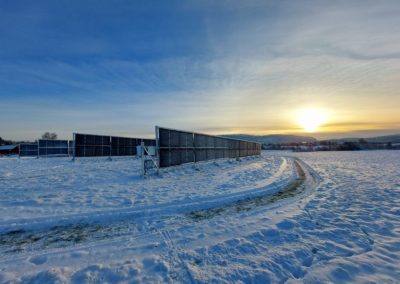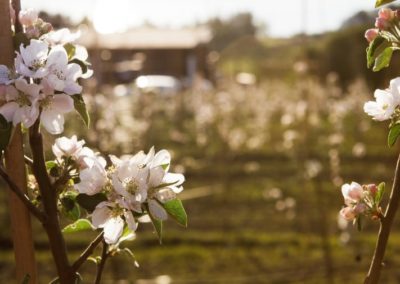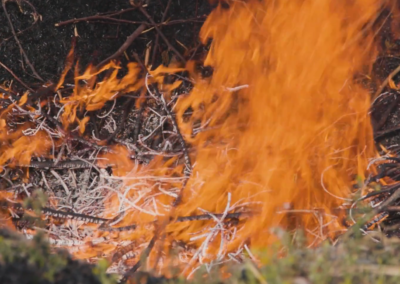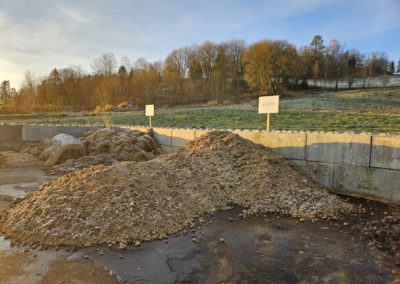Studies from other countries indicate that grazing leads to increased storage of carbon in pasture. This applies particularly to natural pastures. The pastures must not be plowed and they must be managed without the use of artificial fertilizers and pesticides. Over time, this will lead to great biological diversity in the soil together with a diversity of plant species. Grazing must then be extensive with a well-executed grazing regime. Scientists have seen that carbon is stored deeper in the soil than previously thought. The grass species have a large root system and a great ability to store carbon in the soil.
A balanced grazing pressure gives good results for carbon sequestration
A large diversity of plant species also leads to higher biological diversity in the soil. The biological diversity of microorganisms contributes to increasing uptake of greenhouse gases, including nitrous oxide and methane. Grazing pressure has a lot to say about how well the pasture works. High grazing pressure can lead to erosion and increased emission of carbon from the soil, while balanced use of grazing gives good results for carbon sequestration. Grazing stimulates the root system of the plants and thus carbon layers. The impact of carbon storage on pasture appears to be greatest in natural pastures where mycorrhizal fungi play an important role.
A natural pasture will never run out of resources if it is managed correctly. Grazing animals keep the landscape open so that solar energy escapes. In winter, a snow-covered, open landscape will reflect the sun's rays back into the atmosphere and thus help to moderate the warming of the globe. This is called the albedo effect.
Increased food security
In addition to grazing being positive for biodiversity, it creates increased food security by producing more food locally on Norwegian soil. Norway can use a much larger part of the rangeland as pasture. According to Norwegian researchers, we can also use open fields in Norway and thus expand the agricultural area up to 45% of our land areas.
Natural pastures are not ploughed, sown or fertilized. We find the most species-rich natural pastures on calcareous ground. The pastures are important for the diversity of birds, plants, fungi, insects and a number of pollinators such as bumblebees and wild bees. Many red-listed species belong in these areas.
Photo: Aina Bye





